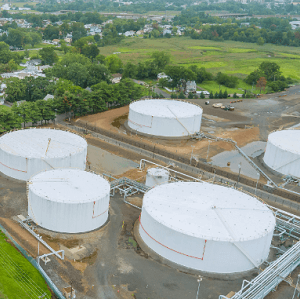A new study reveals that air pollution disproportionately affects communities of color in the United States, with childhood asthma rates nearly eight times higher and premature death risks 1.3 times higher compared to white communities.
Researchers from George Washington University combined U.S. Census Bureau data with NASA satellite scans to estimate pollution concentrations and their health impacts. They focused on two forms of air pollution: nitrogen dioxide from traffic and fine particulate matter from vehicles and industry.The study, published March 6 in Environmental Health Perspectives, found that in 2019, an estimated 49,400 premature deaths and nearly 115,000 new childhood asthma cases were linked to air pollution in the U.S.
Gaige Kerr, a senior research scientist and study co-author, attributed these disparities to geography, stating, “Redlining and systemic racism have resulted in the least white areas of the U.S. being located near factories, congested roadways or shipping routes with heavily polluted air.”
The research also revealed that racial and ethnic health disparities associated with air pollution have grown over the past decade. The gap in premature deaths caused by fine particulates increased by 16% between communities with the fewest and most white residents, while the gap was 40% for Hispanic residents.
Susan Anenberg, director of the George Washington University Climate and Health Institute, emphasized that health disparities from pollution exposure are larger than exposure disparities themselves and have widened over time.
Researchers call for stricter air quality regulations, with Kerr noting that current EPA standards are not adequately protecting Americans, especially marginalized communities. The study highlights the need for more robust measures to address air pollution and its disproportionate impact on minority populations.
See “Dirty Air Increasingly Affects Minority Communities” (March 6, 2024)



